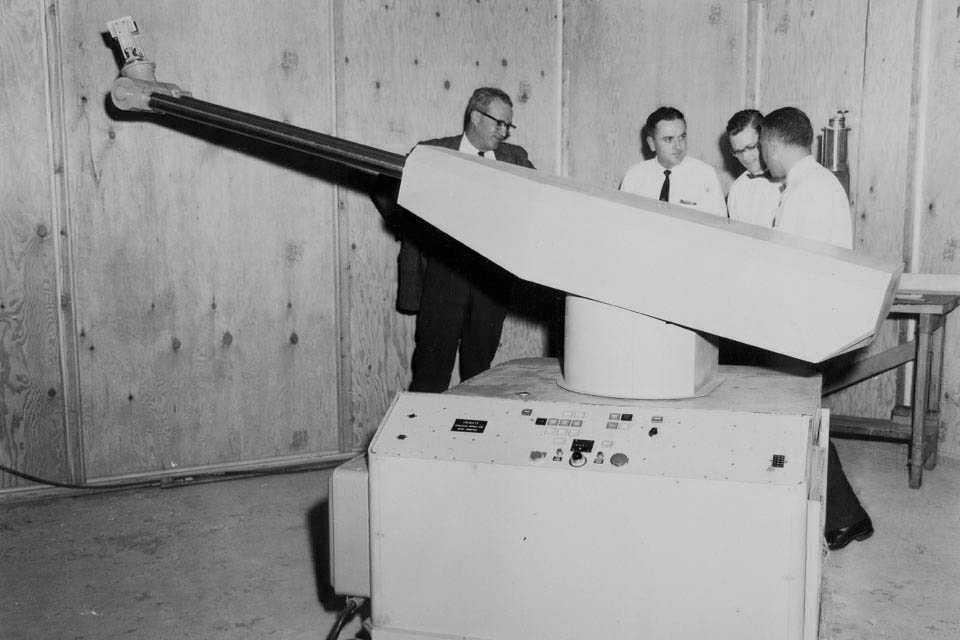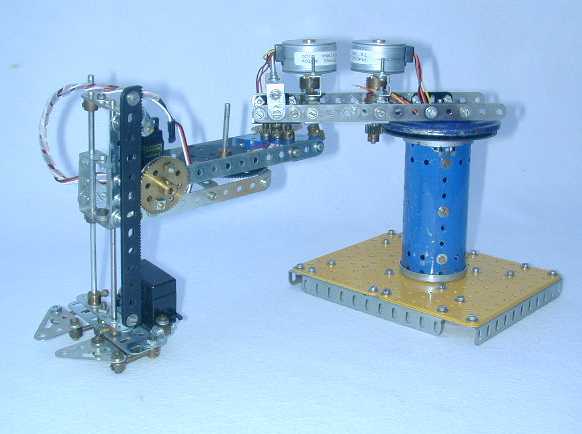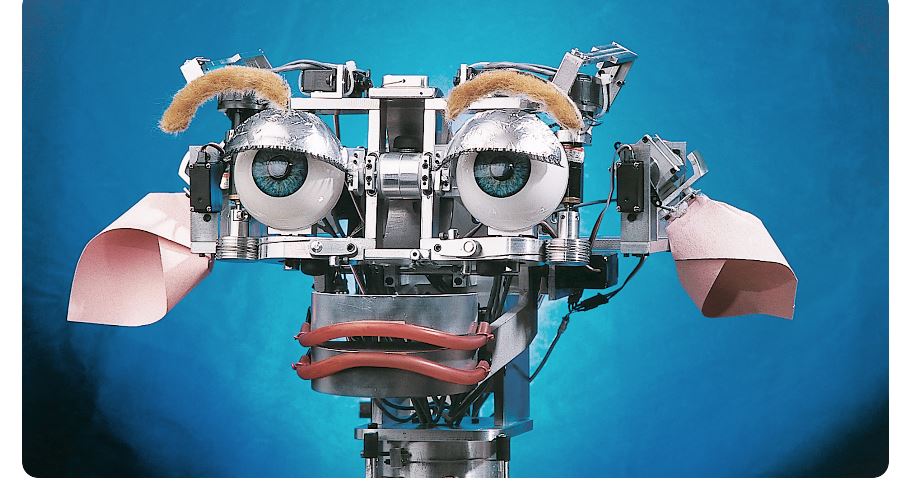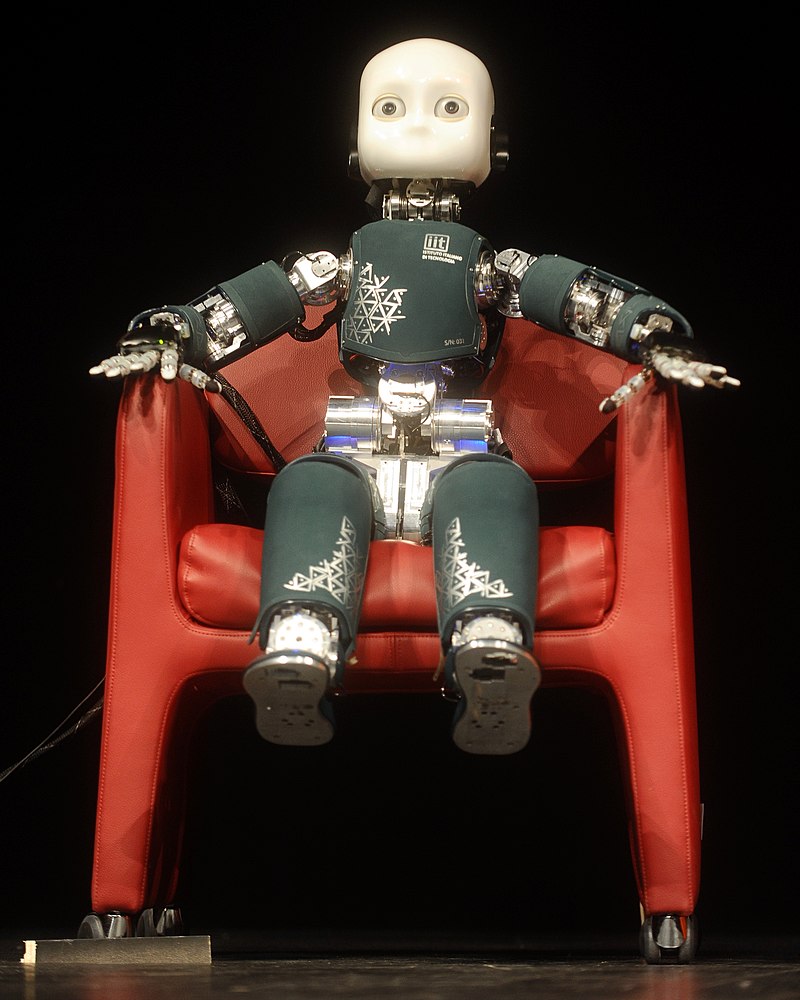It is quite astonishing with the rate at which technology is advancing in this 21st century. Remarkable achievements have been recorded, and almost every hour of the day is almost a new innovation. So, we will look into the future of robotics and what it promises to unfold.
However, the speed at which this change is occurring is not appearing to slow down anytime soon. But instead, it has every tendency to even move at a higher speed than it is as the day passes.
The Robotics field is a field that has greatly been impacted by the rate at which technology is advancing in this 21st century and this impact is changing the patterns in the robotics field and shaping the field to a different extent than it was before.
What Does Robotics Means?
Robotics is a branch of engineering that involves the conception, design, manufacture, and operation of robots. The objective of the robotics field is to create intelligent machines that can assist humans in a variety of ways.
Robotics can take on a number of forms. A robot may resemble a human, or it may be in the form of a robotic application, such as robotic process automation (RPA), which simulates how humans engage with software to perform repetitive, rules-based tasks.
While the field of robotics and exploration of the potential uses and functionality of robots has grown substantially in the 20th century, the idea is certainly not a new one.
Types of Robots
Robots are versatile machines, evidenced by their wide variety of forms and functions. Here’s a list of a few kinds of robots we see today:
#1. Healthcare
Robots in the healthcare industry do everything from assisting in surgery to physical therapy to helping people walk to moving through hospitals and delivering essential supplies such as meds or linens.
Healthcare robots have even contributed to the ongoing fight against the pandemic, filling and sealing testing swabs, and producing respirators.
#2. Homelife
You need to look no further than a Roomba to find a robot in someone’s house. But they do more now than vacuuming floors; home-based robots can mow lawns or augment tools like Alexa.
Manufacturing: The field of manufacturing was the first to adopt robots, such as the automobile assembly line machines we previously mentioned. Industrial robots handle various tasks like arc welding, material handling, steel cutting, and food packaging.
#3. Logistics
Everybody wants their online orders delivered on time, if not sooner. So companies employ robots to stack warehouse shelves, retrieve goods, and even conduct short-range deliveries.
Space Exploration: Mars explorers such as Sojourner and Perseverance are robots. The Hubble telescope is classified as a robot, as are deep space probes like Voyager and Cassini.
#4. Military
Robots handle dangerous tasks, and it doesn’t get any more difficult than modern warfare.
Consequently, the military enjoys a diverse selection of robots equipped to address many of the riskier jobs associated with war.
For example, there’s the Centaur, an explosive detection/disposal robot that looks for mines and IEDs, the MUTT, which follows soldiers around and totes their gear, and SAFFiR, which fights fires that break out on naval vessels.
#5. Entertainment
We already have toy robots, robot statues, and robot restaurants. As robots become more sophisticated, expect their entertainment value to rise accordingly.
#6. Travel
We only need to say three words: self-driving vehicles.
There are more fields to mention for the future of robotics. It can be virtually everywhere you need automation and accuracy
A Brief History of Robotics
The term robotics is an extension of the word robot. One of its first uses came from Czech writer Karel Čapek, who used the word in his play, Rossum’s Universal Robots(R.U.R), in 1920. The machines (R.U.R) got their name from the Czech word for slave.
The word “robotics” was also coined by a writer. Russian-born American science-fiction writer Isaac Asimov first used the word in 1942 in his short story “Runabout.”
Asimov had a much brighter and more optimistic opinion of the robot’s role in human society than did Capek.
He generally characterized the robots in his short stories as helpful servants of man and viewed robots as “a better, cleaner race.” Isaac Asimov was therefore given the credit as the first man to use the term by the Oxford English Dictionary.
Asimov also proposed three “Laws of Robotics” which have survived to this moment that his robots, as well as sci-fi robotic characters of many other stories, followed:
- A robot may not injure a human being or, through inaction, allow a human being to come to harm.
- A robot must obey the orders given to it by human beings except where such orders would conflict with the First Law.
- A robot must protect its own existence as long as such protection does not conflict with the First or Second Law.
Some major milestones in the History of Robotics

In 1949, an American-born British neurophysiologist and inventor named William Grey Walter introduced a pair of battery-powered, tortoise-shaped robots that could maneuver around objects in a room.
Also, guide themselves toward a source of light and find their way back to a charging station using the same components that remain crucial to robotics today: sensor technology, a responsive feedback loop, and logical reasoning.
Known as “Unimate,” the first industrial robotic arm went to work in a General Motors plant, lifting and stacking hot, die-cut metal parts.
Created by George Devol and his partner Joseph Engelberger, it could move up and down on the X and Y axis, possessed a rotatable, pincer-like gripper, and could follow a program of up to 200 movements stored in its memory.
Deployable for numerous tasks, most notably some that was too taxing or dangerous for humans like lifting 75-pound loads without tiring and working amid toxic fumes the Unimate began the transformation of the auto industry into an arena of widespread automation.
First “Pick and Place” Robot

While six-axis Unimate-style arms can lift heavy payloads and manipulate them with precision, not all industrial labor requires strength.
In 1978, the Japanese automation researcher Hiroshi Makino designed the four-axis SCARA, or the “Selective Compliance Assembly Robot Arm,” engineered simply to pick something up, swivel around, and plop it down somewhere else with precision — all in one smooth motion.
It is the first example of what has come to be known as “pick and place” robots.
SCARA arms are generally less flexible and not as strong as six-axis arms, but they are much faster and able to rapidly insert small electronic components into place.
The arms sped up the manufacturing of everything from computer chips to watches and are still commonly used in global manufacturing today.
First “Sociable” Robot Designed to Provoke and React to Emotions

Cynthia Breazeal believes that if we are truly going to work alongside robots, trust them, and invite them into our homes, robots will need to be able to read people’s emotions and appear to have a personality.
With this in mind, she set to work creating Kismet, a robotic head designed to provoke — and react to — emotions. Twenty-one motors controlled an expressive pair of yellow eyebrows, red lips, pink ears, and big blue eyes, allowing Kismet to express a range of emotions, from happy to bored.
Audio sensors and algorithms picked up the vocal tone, so the robot would look downcast if you yelled at it, or curious if you spoke gently.
With Kismet, Breazeal proved the stickiness and appeal of a robot that has charm — laying the groundwork for the many voice assistants like Alexa, Siri, and Google Home that are now colonizing the world’s homes.
These tools are proving that a lot will happen in the future of robotics.
i-sobot | entertainment robot
In 2007, TOMY launched the entertainment robot, i-sobot, a humanoid bipedal robot that can walk like a human and performs kicks and punches and also some entertaining tricks and special actions under “Special Action Mode”.
The 2010s were defined by large-scale improvements in the availability, power, and versatility of commonly available robotic components, as well as the mass proliferation of robots into everyday life, which caused both optimistic speculation and new societal concerns.
Development of humanoid robots continued to advance; Robonaut 2 was launched to the International Space Station aboard Space Shuttle Discovery on the STS-133 mission in 2011 as the first humanoid robot in space.
While its initial purpose was to teach engineers how dextrous robots behave in space, the hope is that through upgrades and advancements, it could one day venture outside the station to help spacewalkers make repairs or additions to the station or perform scientific work.
By the end of the decade, humanoid and animal-like robots were capable of clearing difficult obstacle courses, maintaining balance, and even performing gymnastic feats.
However, the vast majority of robotic developments in the 2010s instead saw smaller, more specialized non-humanoid robots become cheaper, more capable, and more universal.
The 2010s also saw the growth of new software paradigms, which allowed robots and their AI systems to take advantage of this increased computing power.
Neural networks became increasingly well developed in the 2010s, with companies like Google offering free and open access to products like TensorFlow, which allowed robot manufacturers to quickly integrate neural nets that allowed for abilities like facial recognition and object identification in even the smallest, cheapest robots.
The Robotics Future

Robots will increase economic growth and productivity and create new career opportunities for many people worldwide. However, there are still warnings out there about massive job losses, forecasting losses of 20 million manufacturing jobs by 2030, or how 30% of all jobs could be automated by 2030.
Certainly, increasingly sophisticated machines may populate our world, but for robots to be really useful, they’ll have to become more self-sufficient.
After all, it would be impossible to program a home robot with the instructions for gripping each and every object it ever might encounter. You want it to learn on its own, and that is where advances in artificial intelligence come in.
Today, advanced robots are popping up everywhere. For that, you can thank three technologies in particular: sensors, actuators, and AI(Artificial Intelligence).
Thanks to improved sensor technology and more remarkable advances in Machine Learning and Artificial Intelligence, robots will keep moving from mere rote machines to collaborators with cognitive functions.
These advances, and other associated fields, are enjoying an upwards trajectory, and robotics will significantly benefit from these strides.
We can expect to see more significant numbers of increasingly sophisticated robots incorporated into more areas of life, working with humans.
The Future of Robotics: What’s the Use of AI in Robotics?
Artificial Intelligence (AI) increases human-robot interaction, collaboration opportunities, and quality. The industrial sector already has co-bots, which are robots that work alongside humans to perform testing and assembly.
Advances in AI help robots mimic human behavior more closely, which is why they were created in the first place. Robots that act and think more like people can integrate better into the workforce and bring a level of efficiency unmatched by human employees.
Robot designers use Artificial Intelligence to give their creations enhanced capabilities like:
Computer Vision
Robots can identify and recognize objects they meet, discern details, and learn how to navigate or avoid specific items.
Manipulation
AI helps robots gain the fine motor skills needed to grasp objects without destroying the item.
Motion Control and Navigation
Robots no longer need humans to guide them along paths and process flows. AI enables robots to analyze their environment and self-navigate. This capability even applies to the virtual world of software. AI helps robot software processes avoid flow bottlenecks or process exceptions.
Natural Language Processing (NLP) and Real-World Perception
Artificial Intelligence and Machine Learning (ML) help robots better understand their surroundings, recognize and identify patterns, and comprehend data. These improvements increase the robot’s autonomy and decrease reliance on human agents.
This approach is key to the great future of robotics.
Transfer learning and AI
Transfer learning is a technique that reuses knowledge gained from solving one problem and reapplies it in solving a related problem.
For example, the model used for identifying an apple may be used to identify an Orange.
Transfer learning re-uses a pre-trained model on another (related) problem for image recognition.
Only the final layers of the new model are trained which is relatively cheaper and less time-consuming.
Transfer Learning applies to Mobile devices for inference at the edge i.e. the model is trained in the Cloud and deployed on the Edge. This idea is best seen in Tensorflow Lite / Tensorflow Mobile (Note – the following is a large pdf file – Mobile Object Detection using TensorFlow Lite and Transfer Learning.
The same principle applies to Robotics i.e. the model could be trained in the Cloud and deployed on the Device.
Transfer Learning is useful in many cases where you may not have access to the Cloud (ex where the Robot is offline). In addition, transfer learning can be used by Robots to train other Robots.
Conclusion
The future of robotics is just an interesting one to embrace by humans. What robots are created for is just to make life easy for humans. However, humans are afraid of the rate at which robotics and AI are collaborating to do what humans are capable of doing.
In addition, some companies are laying off staff in the place of robots just to cut the cost of labor and improve accuracy.
The advantage of the future of robotics is one that will aid productivity in humans and not take over the role of humans entirely.
Frequently Asked Questions
Virtually all the fields you can think of, but these are the notable fields; healthcare, military, logistics, entertainment, education, homelife, manufacturing industries, etc.
By the year 2030, robotics might be more sophisticated and powerful than our own biological functions, and they might even be programmable. Initial examinations, tests, X-rays, MRIs, main diagnoses, and even treatment will all be performed by AI.
A robotics engineer is a behind-the-scenes designer responsible for creating robots and robotic systems that are able to perform duties that humans are either unable or prefer not to complete. For example, the Roomba was created to help humans with the mundane task of vacuuming floors.
Coding for kids refers to any action or activity that aids children in understanding robotics engineering. Robotics-related games and kits can be used as activities to get kids’ little hands busy constructing something entertaining, while more in-depth courses can help kids learn more about the design and uses of robots.
Robotics engineers majorly spent some time developing the strategies and procedures required to not only create effective robots but also to construct them. Some robotics engineers also create the tools used to build the robots themselves.
References
- https://www.simplilearn.com/future-of-robotics-article
- https://www.careerexplorer.com/careers/robotics-engineer/
- https://wiingy.com/blog/robotics-for-kids/
- https://en.wikipedia.org/wiki/Robotics#History


